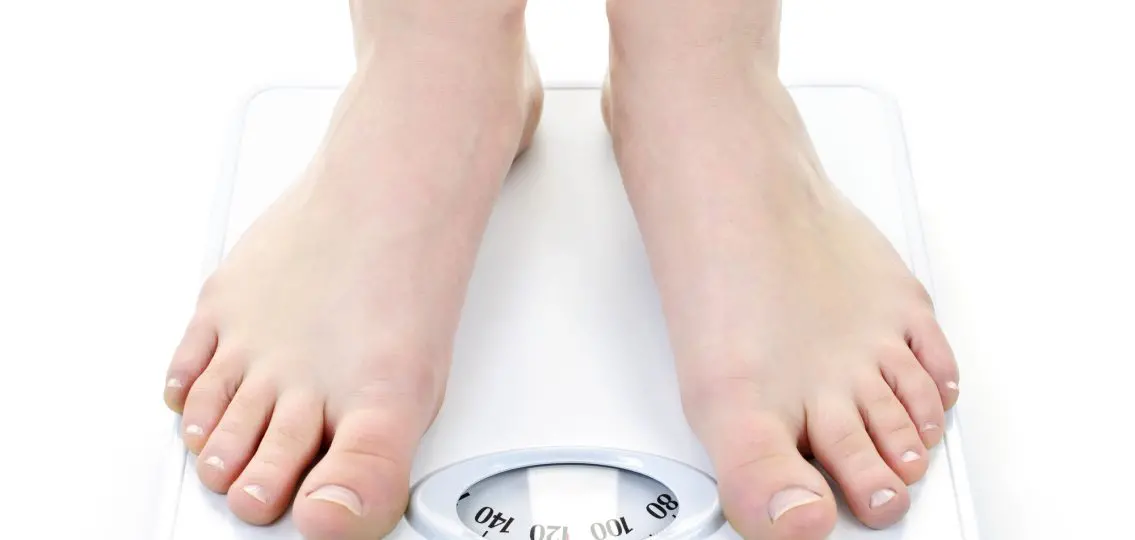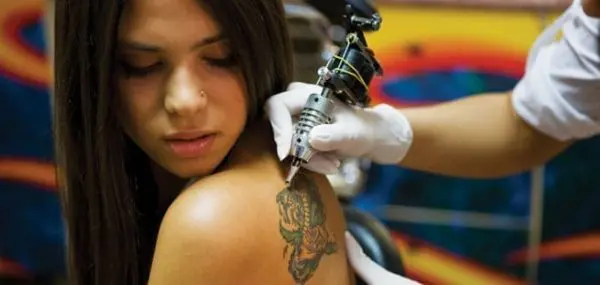Male Body Image Issues
In the same way that the media pushes certain messages about weight and shape for teenage girls, there are equally distorted messages aimed towards teenage boys. The next time you are watching commercials or flipping through a magazine, notice the many advertisements depicting physically fit men. Some ads are quite obvious and promote the latest fitness craze or nutritional supplements used to build muscles, while others are a bit more subtle and depict a muscular man alongside a slim woman selling designer clothes. The media can have a negative impact on boys and body image.
Unfortunately, like girls, teenage boys are also taking these messages to heart.
Did you know that approximately 25 percent of adolescent eating disorder cases are teenage boys? (American Psychological Association, 2013) It is often assumed that teenage girls are the only ones at risk. As a result of these assumptions, teenage boys may be more likely to keep it a secret and parents may be less likely to recognize the symptoms.
Teen boys who participate in sports that emphasize weight (e.g., swimming, wrestling, dance, gymnastics) may be at a greater risk for developing an eating disorder. Some sports stress the need to lose or gain weight or develop defined muscles in order to excel. In contrast, teen boys who are less active may be subject to bullying because of their weight or appearance, which could trigger eating disorder symptoms.
Promoting Positive Teenage Male Body Image
If you see your teenage boy grappling with his feelings about his physique, here are some ideas for starting a conversation:
1) What are your strengths?
Bodies come in all different shapes and sizes, it is important for your teen to remember that no one has the “perfect” body. Everyone has strengths and weaknesses, it is better for both your physical and mental health to focus on your strengths, rather than on your weaknesses. Spend time talking with your teen, identify and discuss his strengths that do not have to do with his appearance, point out how these strengths make him a unique person. Devote time to honing these strengths (e.g., singing, playing a musical instrument, painting, computers and technology).
2) Who are your role models?
Teenage boys need positive male role models. Help your teenage son identify well-rounded male role models who debunk the stereotypical idea of “masculinity”. Emphasize the other great attributes of strong men: sensitivity, creativity, cooperative, honesty, and compassion for others.
3) What is the downside of having the perfect body?
Take a second look at all those advertisements and media messages. Rather than accepting them at face value, use a critical lens. Help your teenage son analyze the costs and benefits of having the “perfect” body. It can also be helpful to point out the extent to which the media uses computer software to manipulate images to create the perfect-looking body for both men and women.
Other ways you can help:
- Encourage your teenage son to expand his existing peer group beyond athletic friends or teammates. Promote other friendships that do not depend on fitness and competition.
- Teach your teenage son how to stand up for himself. Practice responding to comments about his body, whether those comments are coming from family members or peers. Keep in mind that even positive comments about weight and shape can trigger eating disorder symptoms.
- Be mindful of your own comments about your body, as well as your own eating and exercise routines. Set an example of self-acceptance, positive body image, as well as balanced eating and exercise. Remember, you are a role model and your teen is watching.
If your teenager is starting to show signs of an eating disorder, then it’s time to get professional help. Here are the four diagnoses with the symptoms to watch for:
Eating Disorder Symptoms
- Anorexia Nervosa: significantly low body weight, intense fear of gaining weight, body image disturbances, restrictive eating patterns and/or skipping meals, obsession with food/weight/shape, excessive exercise, counting calories, and food rituals. Other important features to note here: perfectionism, rigid thinking, difficulty expressing emotions, co-morbid symptoms may include anxiety and depression.
- Bulimia Nervosa: recurrent episodes of binging, which is defined by eating excessive amounts of food in a relatively short period of time and feeling out of control during this time, recurrent episodes of purging, which can take different forms such as self-induced vomiting, laxatives or diuretics, excessive exercise to burn calories. Binge/purge cycles are often done in secret. Other important features to note here: difficulty expressing emotions, co-morbid symptoms may include anxiety and depression.
- Binge Eating Disorder: recurrent episodes of binging, without the use of purging or compensatory behaviors to counteract binge eating. Other important features to note here: may be normal weight or overweight, comorbid symptoms may include depression.
- Eating Disorder Not Otherwise Specified: This applies to those who may show some symptoms of anorexia or bulimia, but do not meet the full diagnostic criteria. This is important to consider, because the prevalence of anorexia, bulimia, binge eating combined in adolescents is 2.8 percent (Swanson et al, 2011), while the prevalence of eating disorder not otherwise specified in adolescents is more than double at 4.8 percent (Le Grange et al, 2011).




